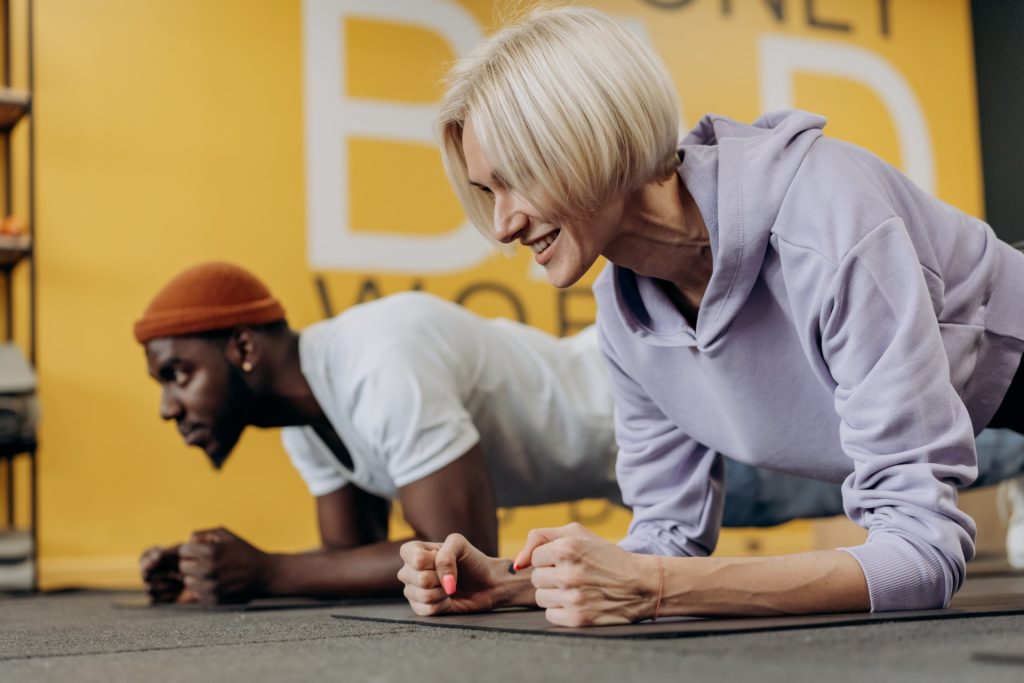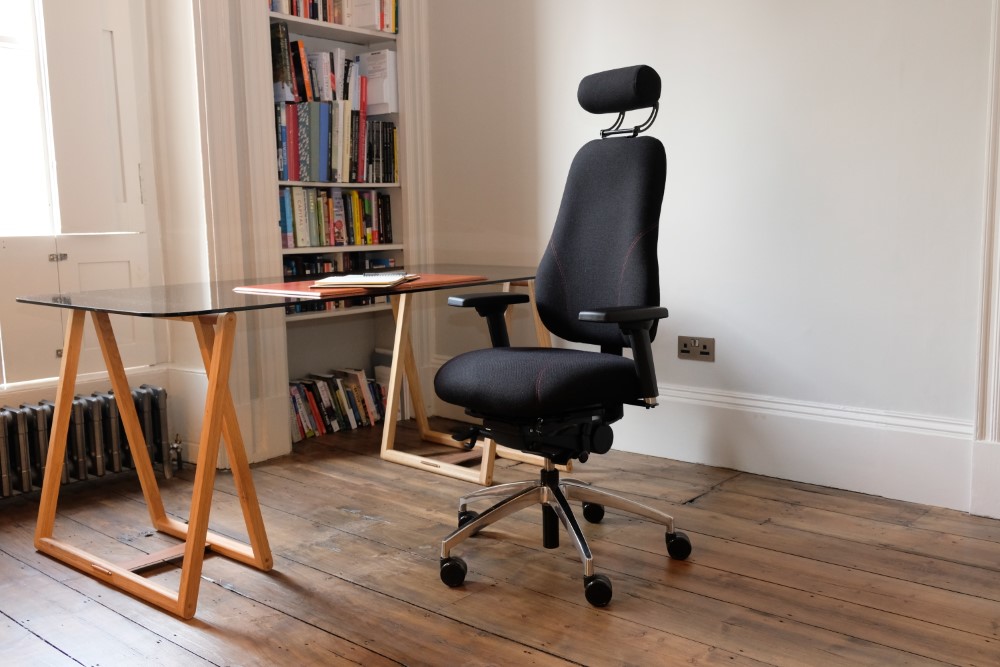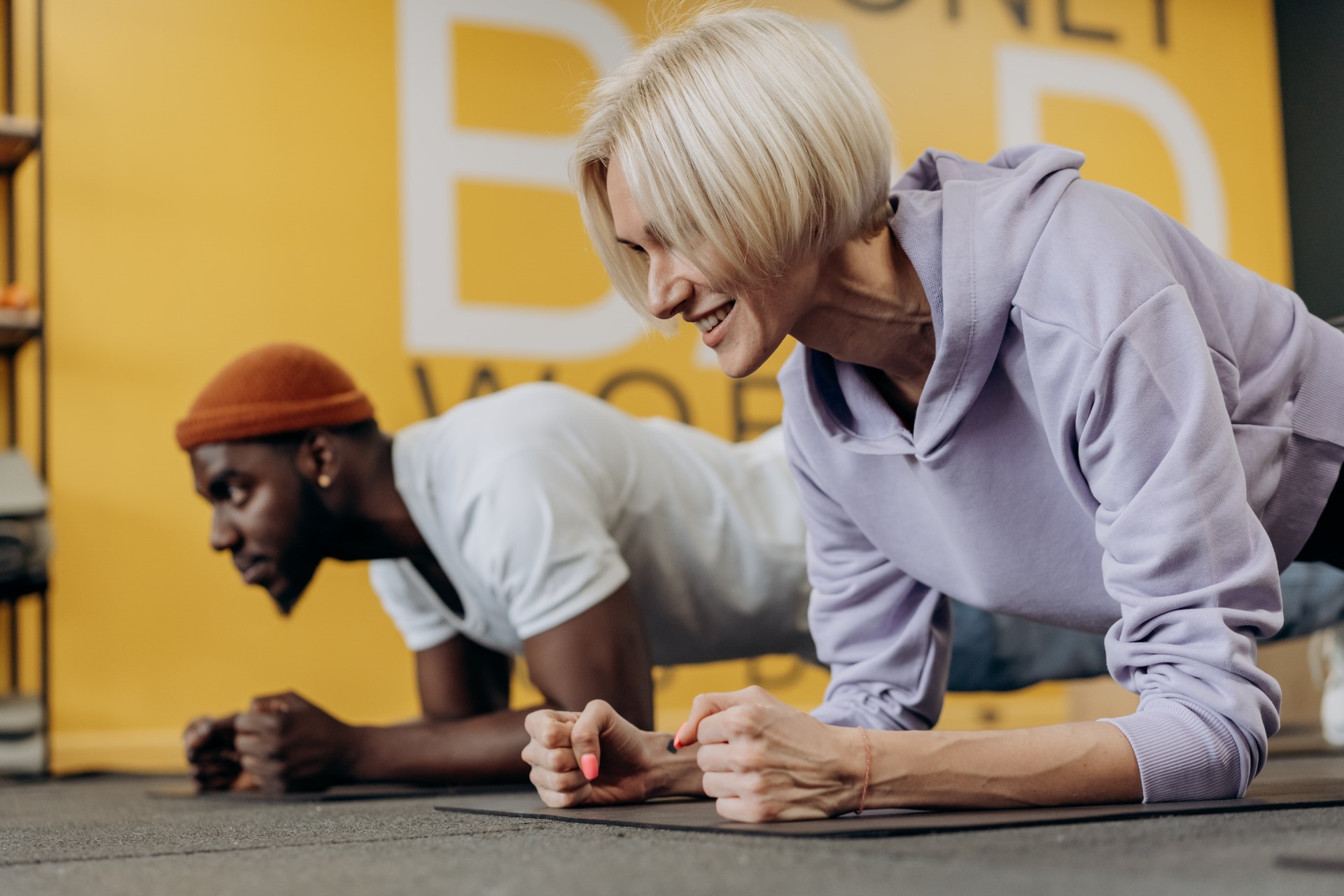The foot has 26 bones, 20 muscles, 19 joints, 3 arches and 2 sesamoid bones – Now there’s a lot that could go wrong! It can be split into three parts FOREFOOT, MIDFOOT and REARFOOT.
The foot’s components and structure are vital in determining the distribution of the ground forces that are absorbed by the body when walking and running.
When the foot is moving well the ground reactive forces translate through the foot into the knee – hip – pelvis – lower back and up into the rest of the body.
If there is an error in the foot mechanics, the forces absorbed by the body can become more dominant in certain areas. If the foot, ankle and knee aren’t absorbing the force correctly for example, this will place excessive pressure onto the hip and lower back and can present itself as pain and discomfort in these areas, leaving the foot and knee pain free!
So how do you put your feet first?
• Wear supportive shoes that fit well
• Avoid walking barefoot on hard surfaces
• Keep your foot skin healthy and nails cut neatly.
• Check your old shoes regularly, especially those you wear for exercises or walking.
• Ensure the heel is symmetrical and not wearing more on one side.
• Look at the sole of the shoes and ensure left and right have the same wear patterns.
Buying new shoes
When buying new shoes here are a few things to consider;
- TIME OF DAY – Feet spread and swell during the day, and so the afternoon is the best time of day to go shopping for shoes.
- SOLES – A shoes with a non-slip or patterned sole will minimise the risk of slipping. Soles should be flexible but durable and thick enough to prevent injury.
- FLEXIBILITY – Hold at the heel and toe end and flex the shoe. It should bend at the ball of the foot, never in the middle to ensure the arch is supported.
- FIT – A broad based heel, as wide as the shoe. Make sure the heel of the shoe fits snugly around the back of your heel.
- FASTENING – Shoes with either laces or Velcro style fastenings will allow for width adjustment and provide a better fit. Avoid slip on and backless shoes as these allow the foot to spread.
- HEEL – A suitable heel height is important! Avoid completely flat shoes and high heels. Both will place pressure on the Achilles tendon and the arch of the foot.
- TOE BOX – A shoes with a toe box (front of the shoe) that mimics the shape of your foot will ensure correct support and comfort.
- SUMMER – Summer shoes are trickier to get right as often they are less supportive. Look for a supportive foot bed giving the arch some cushioning. Avoid the completely flat foam style as this will allow the arches of the foot to completely collapse often leading onto knee and lower back pain if worn a lot.
To prioritise your foot health, book an appointment with our team for guidance on choosing the right shoes and ensuring optimal foot care. To book, give us a call on 01452 883232 today!
Written by Melissa Folly










